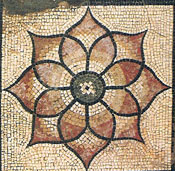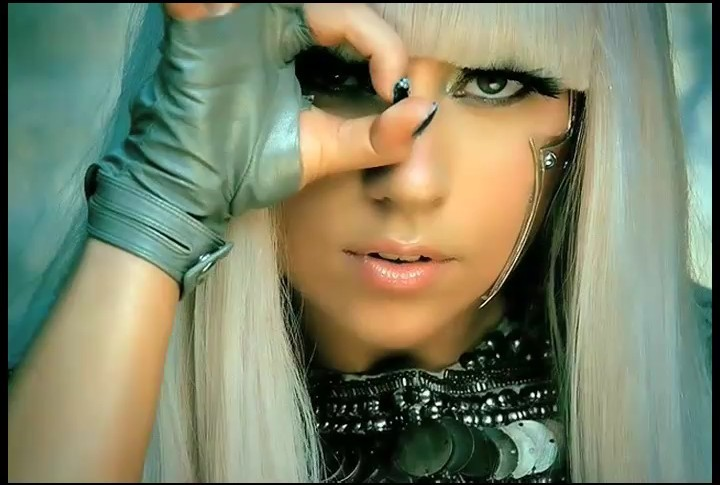Marquette Law School to Host First Annual Mosaic Conference
 I am very excited to announce that this weekend, Marquette will host the First Annual Mosaic Conference: Diverse Voices in IP Scholarship, co-sponsored by Marquette University Law School and Institute for Intellectual Property and Social Justice, and with additional funding provided by William Welburn, Associate Provost of Diversity and Inclusion, Marquette University. The goal of this first Mosaic Conference is to bring together intellectual property scholars, policy makers, and activists of diverse and multicultural backgrounds and perspectives to explore socially progressive and non-traditional ideas in IP law, policy, and social activism. The Conference begins with a Reception and Dinner tonight and will conclude on Sunday morning.
I am very excited to announce that this weekend, Marquette will host the First Annual Mosaic Conference: Diverse Voices in IP Scholarship, co-sponsored by Marquette University Law School and Institute for Intellectual Property and Social Justice, and with additional funding provided by William Welburn, Associate Provost of Diversity and Inclusion, Marquette University. The goal of this first Mosaic Conference is to bring together intellectual property scholars, policy makers, and activists of diverse and multicultural backgrounds and perspectives to explore socially progressive and non-traditional ideas in IP law, policy, and social activism. The Conference begins with a Reception and Dinner tonight and will conclude on Sunday morning.
Throughout the global community, intellectual property regimes play a critical role in human development, socio-economic empowerment, and the preservation and promotion of social justice. Many IP regimes, however, have been structured or interpreted to reflect only the interests of an entrenched status quo; socially cognizant IP theses are often ignored or rejected as tangential or antithetical to commoditization-centered theories of IP protection, often impeding broader social utility concerns including equitable access to IP protection and output and stimulating innovation. Through the First Annual Mosaic Conference, IP scholars and practitioners will come together with policy makers, social activists, and others to present ideas for progressive and activist-oriented scholarship for assessment as to social relevance, legal significance, and doctrinal integrity.

